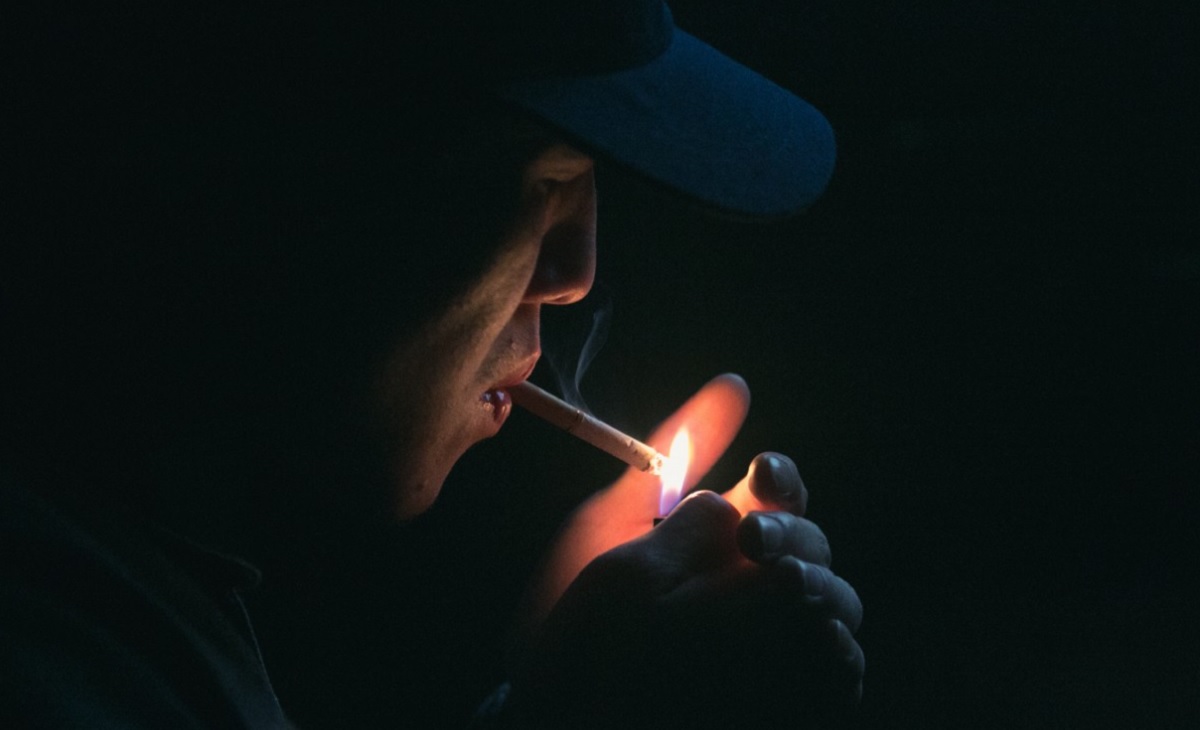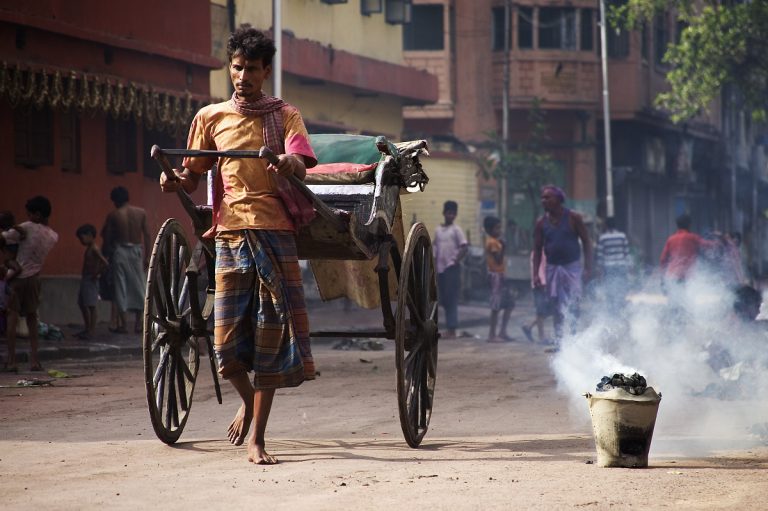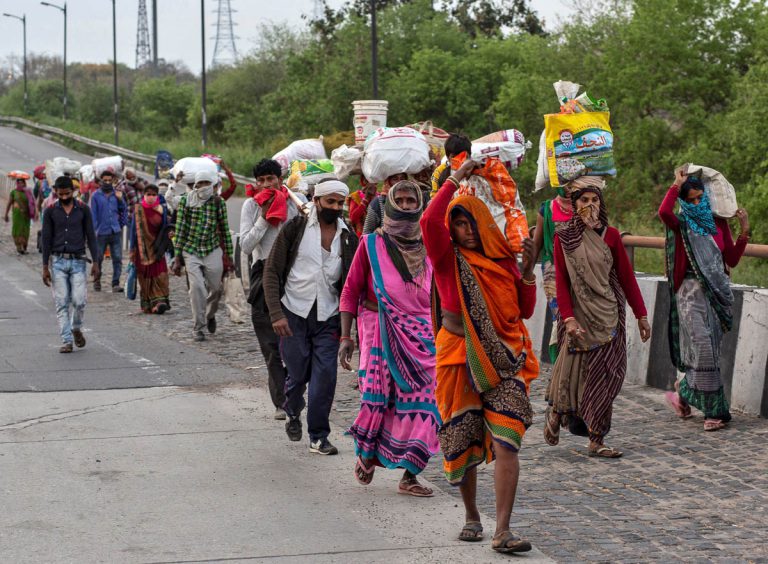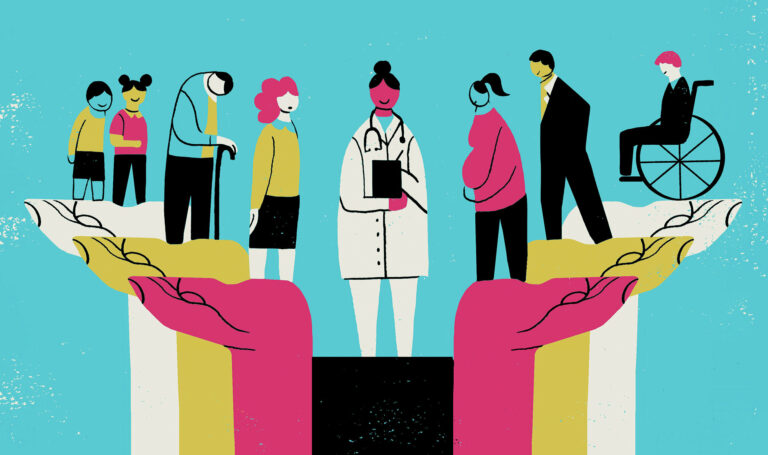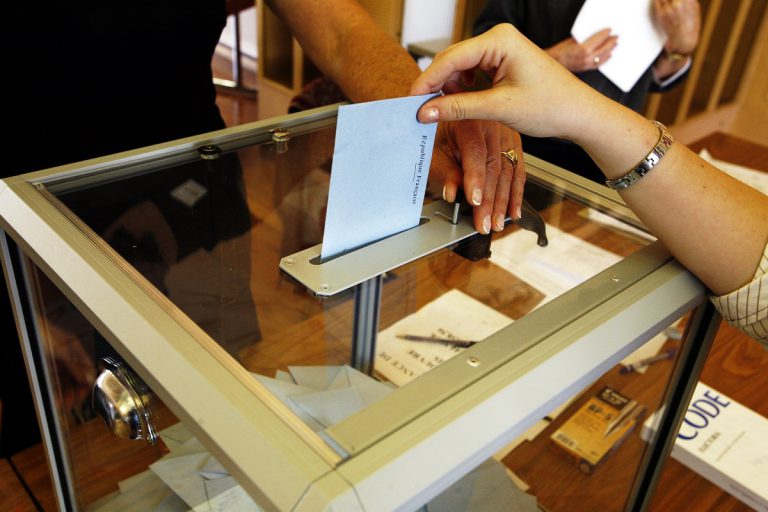Cigarette smoking & alcohol consumption are injurious to health
Sai is a member, Core Team and also the Managing Editor at The ArmChair Journal
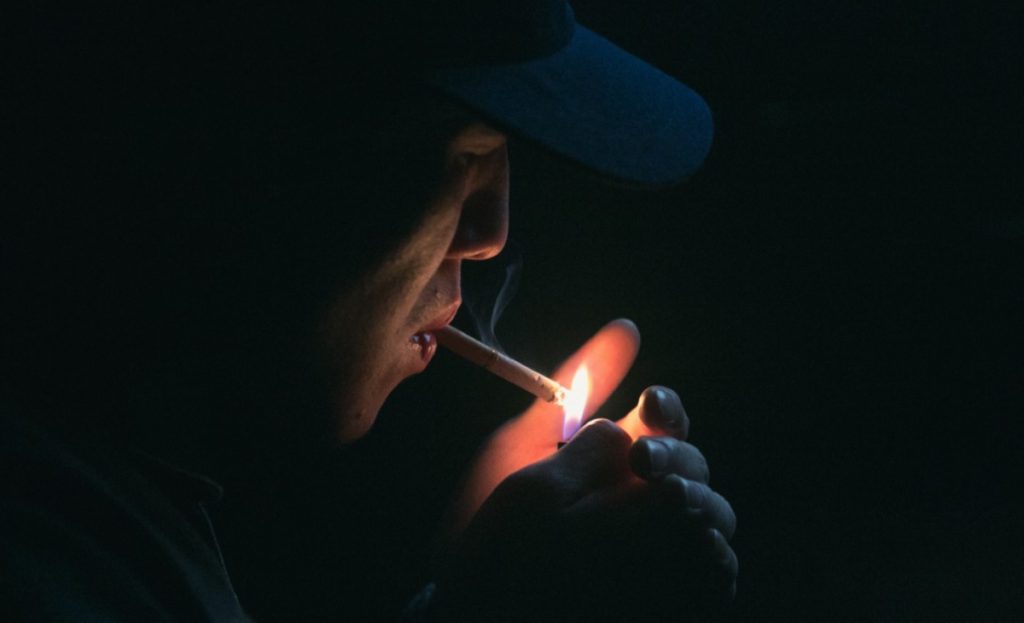
[responsivevoice_button voice=”US English Male” buttontext=”Read out this Theel for me”]
Article 47 of the Indian constitution, which places the duty of people’s health, nutrition, and living standards on the shoulders of the State, also states very explicitly, “the State shall endeavor to bring about prohibition of the consumption except for medicinal purposes of intoxicating drinks and of drugs which are injurious to health.” This is one of the 15 Directive Principles of State Policy in India, which cannot be compromised while framing any future laws or policies. While Article 47 was inserted in 1949, it took many more decades for an Act to materialize that regulated Tobacco consumption. COTPA (Cigarettes and Other Tobacco Products (Prohibition of Advertisement and Regulation of Trade and Commerce, Production, Supply, and Distribution) Act), which came in 2003, was India’s most comprehensive Act and policy to tackle the growing menace of tobacco consumption. Despite having solid regulatory and legal binding frameworks, India hasn’t yet seen any significant success in implementing any of these. The number of consumers of alcohol and tobacco only seems to be on the rise. The number of deaths due to tobacco in India exceeds ten lakhs and upwards of 2 lakhs lose their lives due to alcohol every year.
Of all the aspects of the policy, the most actively changed and implemented is that of tax. Taxes on these products have been on the rise, right from the beginning, and it has been rightly necessary. A variety of taxes are imposed on these products; sales tax, excise tax, value-added tax (alcohol products do not fall within the GST purview; their inputs bear GST, but the end products come under individual state jurisdiction), National Calamity Contingency Duty, and most importantly Sin Tax, which is specific and unique to these products only.
Sin Tax comes under Excise Tax, which itself comes under the Sales Tax. Each of them funnels down on the products sold. Sales tax is generally applied to every product sold. Excise tax is levied on a few select products. It was created when governments realized that some products resulted in the destruction or degradation of another critical aspect of the economy. So, these ‘Excise Taxes’ were formed to ensure that the money from these products would help to cover restoration costs of the degraded sectors/aspects. No wonder it slowly came to be known as ‘Excise Duties’ as there was growing support to ensure that the duty to shoulder the liability of destruction of a part of the economy was on these sectors.
E.g., Excise duties are levied on gasoline products and motor vehicles, among many others. These products have resulted in severe damage to the environment, and we’ve faced pollution due to them. So, it is their ‘duty’ to offset such damage. So, excise taxes are imposed to create revenue for environment upgradation and also to discourage their use.
Sin taxes are exclusively added to increase prices to discourage consumption, and they are excise taxes imposed on goods like tobacco, alcohol, drugs, etc. The primary purpose was to discourage the consumption of these items, thanks to increased prices. However, the objective has slowly morphed to ensuring stability to the state coffers. What does this mean? What have been the effects of such taxes? What are the other policies to curb consumption of these products? And what could be better?
The current situation in India
Taxes are not the only instrument by which the government can control the market. It is shocking when you realize that not even half of the sales of these products are taxed. In other words, less than half of the trade is legal and is accounted for. While taxes are considerably the cheapest and easiest ways to decrease consumption, it is not the only path and definitely not the most ideal and result oriented path. If one goes through the WHO (World Health Organization) website that lists down ten areas to tackle at a country level (while it was created for alcohol in particular, it can be read with tobacco and narcotics too), taxation is only one such area. The others include sensitization, awareness, monitoring, and strict regulation, and much more, all of which have taken a back seat. They are tough to implement.
Legal cigarettes are a mere 12% of the entire tobacco market in India. The rest is dominated by illegal cigarettes, bidis, and chewing tobacco like gutka, khaini, etc. in majority. While the situation is a little positive for the alcohol market, it is definitely not great. According to various estimates, just 60% of the total alcohol consumed is legally accounted for and taxed. Despite this, each year, India collects greater than $30 billion in direct tax revenue from tobacco and alcohol combined.
The curse of taxes and why they are not the solution
Cigarettes in India are one of the costliest when compared to every other market in the world. Indian cigarettes are the least affordable, courtesy of Indian taxes. Over the years, as taxes increased, the growth rate of cigarette consumers began to slow down and decrease. This is excellent, right. No. People began to move to cheaper options, unregulated, illegal, and unaccounted cigarettes. Many others moved to bidis, the more famous product. Bidis, the cheaper cousins of cigarettes, made from unprocessed tobacco leaves are the popular lot. They outsell cigarettes 8:1; for every cigarette sold in India, eight bidis are sold. Yet, the tax income from bidis was just a paltry Rs. 417 crores. There are two primary reasons for this; a highly unregulated industry and low taxes. Bidis are prepared by hand, by a group of women, in their houses and are supplied to the local paan shops. This makes it easy for such preparation areas to wind up, as and when it was not convenient, or there was some police patrolling. I’ve witnessed this as I used to see that the bidis were opened in select times and in houses of women, which were tucked away in a busy neighborhood of the small town I lived in.
The next reason is that of tax. The current tax on bidis is a little above 20 percent, and increasing that would not help. There are two issues here again: move to unregulated bidis, which constitutes the majority in the current market, and the concept of ‘regressive taxation.’
Taxes are of two kinds: Progressive taxes and Regressive taxes. Simply put, progressive taxes are taxes that increase with an increase in income levels. For example, the simple income tax; income brackets are defined, and people with higher income levels are taxed higher. Regressive taxes maintain consistency across income levels, and that means they hit the poor consumers harder. They are regressive as the greater your poverty, the greater the blow of these taxes. These are the indirect taxes or taxes on products that are sold. In this example below, I’ve tried to show how regressive taxes affect the population.
Assumptions: Tax on Tobacco is 50%
All the 3 people spend the same amount on tobacco
| Parameters | Person A | Person B | Person C |
| Income per month | 1,00,000 | 50,000 | 5,000 |
| Spending on tobacco | 500 | 500 | 500 |
| Tax paid | 250 | 250 | 250 |
| Percentage of tax paid | 0.25% | 0.50% | 5% |
Due to these two aspects, a tax-focused policy on tobacco will be of little bearing in the Indian setting. Coming to alcohol, the situation is much better. And what has worked for this sector is the suffocating effect created by the absolutely tight distribution regulations in place and its effective implementation. With alcohol taxation becoming a state subject, the implementation has become decentralized, allowing for greater focus and control. Moreover, the states were allowed to set up corporations to sell alcohol, which in turn became the single source of legal alcohol that could be retailed. So, this means that the state coffers are not filled by just the taxes, but also by the profits of these respective corporations. It is sad when we realize that almost 20 percent of a state’s total income is from only alcohol. This is not the case for all; there are states which have prohibited the consumption of alcohol (Gujarat, Haryana, etc.) in any form, and there are some others (Andhra Pradesh, on that path.
Production of consumable alcohol is not as simple a process as required for bidi preparation. There are also packaging and bottling costs that arise, and storage is also problematic. From setting up a distillery to produce alcohol to the retail outlet to sell, everything is controlled directly (being the single supplier) or indirectly (by giving licenses to set up). Generally, the local varieties (like saara, bhaang, mahua, etc.) go unaccounted for.
Despite high tax rates for alcohol, it does not necessarily mean that there is enough money with all consumers to spend on this. In low-income families, a significant amount of money for the family is wasted on these, and increasing the taxes mindlessly would not dissuade consumption. Users would find other ways to fund the purchases; it could be illegal alcohol, which is extremely dangerous, mortgaging family assets, taking loans, etc. Moreover, the above arguments of ‘regressive taxes’ hold in this case also.
What more could be done?
As we have already seen above, tax-focused policies would not help us in reducing the menace of these products. While there are many other policies in place, they must be prioritized and implemented efficiently.
There are rules prohibiting smoking and consuming alcohol in public places, offices, government buildings, etc. This should be extended to chewing tobacco too. The policy currently says that it is prohibited to spit in “any public place, building, public road, public street, or wall causing insanitation or annoyance to others, and prohibiting littering.” However, this is incomplete. There must be checking done before entry into these areas, and separate bins should be placed in these areas, where the consumers could spit it out, without causing a nuisance to the public. It definitely is not a pleasing situation when your shoes or pants are the recipients of someone’s tobacco juiced, red-colored spit. I was the recipient more than twice, and I saw a man who was walking on the road get drenched (literally) when a person from a speeding bus felt the need to spit out. The image is still very vivid. Imagine sitting in a bus or train and looking out of your window, enjoying the wind, and you feel a drizzle on your face, and it’s red in color. Has it happened anytime? Probably, every time you felt a drizzle, it was this.
In my opinion, there are basically two changes that could be made to the existing policies to strengthen them—awareness and uniformity of laws, policies, and implementation across the nation. While there have been many steps taken in the direction of awareness, the speed of change is almost nil. In these days of the internet, memes, and campaigns, much can be done creatively and smartly on the internet and ensure that information reaches the heartlands. Rahul Dravid’s message and the story of Mukesh at the start of every movie can be done in more expressive ways. If Amul, which is a dairy company, could make its presence felt in almost every significant news, there is scope for awareness of these things too. Innovative campaigns must be started, which are eye-catching and message-oriented. While the government mandates the pictures on cigarette packs, sufficient warnings must be shared even on the alcohol bottles. Moreover, every alcohol bottle could be marked as per a standard quantity, which is recognized as a safe level of consumption in a day (this level could be fixed in consultation with doctors and other experts).
Despite the warnings at the start of movies and mandatory signs at the bottom left corner of the screen when there are scenes involving tobacco or alcohol, it doesn’t matter as long as these products are shown to enhance the stylishness of the scene. The slow-motion shots, the thumping background score, and seeing their favorite idol smoke or drink on-screen would influence others negatively. I’m not saying that they must be banned from smoking or drinking on screen, but they must be mindfully reduced. One idea is to mandate that for every 30 mins of a film, a maximum of 10 seconds (for example) could be permitted to show anyone smoking or drinking. For a 3-hour movie, it would be 60 seconds (as per this example). This would give the creators the freedom to utilize this time, but also keep them within check. As a concerned citizen, it took me a while to figure out some basic information like when exactly are dry days, World No Tobacco Day, citizen helpline, etc. So, emphasis could be placed on spreading awareness.
The next critical aspect is the uniformity of laws nationally. As we already know that alcohol is already a state subject, their laws are bound to differ across states. But the state borders are a joke. They are porous, and we are not defined by our states, but the nation as a whole. It was found to be inefficient. In the year 1994, N. T. Rama Rao banned the sale and production of alcohol in Andhra Pradesh. In the year 1997, just three years after this, N. Chandrababu Naidu lifted the ban, who reasoned that it was “not successful or feasible because of the leakages within the state and from across the borders.” The states of Karnataka, Tamil Nadu, Maharashtra, and other neighboring states produced alcohol. There was a demand on this side, and they just needed to transport the drink. These are adventures for the silver screen, and there are movies on this theme and period that show how the smuggling was done. Reliable and latest data, along with people’s perceptions and feedback from the public, are key to creating policies. India lacks the most important aspect – a reliable and updated database of consumption patterns, revenue, direct deaths attributed, etc. With tobacco being a largely unorganized sector, it hasn’t been possible, and as alcohol is a state-based policy, it is very difficult to devise a coherent strategy. Also, there are no reliable and dependable reports of changes in consumption patterns in India. Some surveys have reported a 6 percent drop in the number of tobacco users in a span of 8 years, ending 2017, while another concludes a 36 percent rise over 17 years, ending 2015.
First things first
Before moving on to create policies that would affect people’s livelihood and income opportunities, it would be worthwhile to develop a roadmap to ensure their migration to other sectors. The tobacco industry, directly and indirectly, employs (estimates) close to four and a half crore people, including farmers, laborers, leaf pluckers, bidi rollers, etc. and there are no exact numbers for the alcohol industry. So, when a policy to ban or prohibit these products would come into effect, it is but natural for these people to be up in arms. There is a responsibility to be accountable for the lives of these people too.
Creating a long-term roadmap to reduce dependency on revenue from alcohol and tobacco is also critical. It is not necessarily about the taxes from these products. Some of the Indian Public Sector Undertakings (PSUs) have pumped thousands of crores into some Indian cigarette companies listed on the stock exchange. LIC (Life Insurance Corporation) has a 28 percent stake in ITC, which sells three cigarettes out of every four sold in India. The Special Undertaking of the Unit Trust of India also held close to 8 percent (valued at Rs. 22,000 crores) in ITC. All of these would ensure bias that would color the policies.
What makes these policies critical are the economic effects and health implications of the population at large. Findings (Ministry of Statistics and Programme Implementation) show that, even at conservative estimates, a person, on average, spends more than Rs. 3,400 on just bidi every year and almost Rs. 14,300 on cigarettes. These are direct costs involved in the consumption of these products. There are indirect costs of healthcare and the effects of secondary smoking too. India also has a notoriety of having one of the highest out of pocket medical expenditures (OOPME) globally at 63%. You can understand this in two ways: out of 100 people in India, at least 63 people pay from their pocket for every medical expense; or for every 100 Rupees anyone in India spends on medical costs, more than 63 Rs comes from their personal savings. Ideally, this should not be the case if we are covered by medical insurance, treated at the free government hospitals, and purchase medicines from the government pharmacies; but these are not available to the common Indian people. So, a high OOPME shows that the burden of treatment falls on the already burdened shoulders. Also, it is logical to see that insurance companies charge tobacco consumers a premium that is, on average, 50 percent higher than others. People who consume alcohol regularly are also charged a higher premium. And, if these habits are not disclosed at the start of the insurance plans, all your claims would be rejected right away later.
Neither tobacco nor alcohol can be banned entirely or prohibited in our country. There is a long way to go, and we’ve made some progress. There are many challenges, and they make this arduous journey more exciting. It is once again important to end by reiterating the cautionary note. We should all remember that “Cigarette smoking and alcohol consumption are injurious to health. It causes cancer”.
Featured Image Credits: Pxhere


